Paleontology, the study of ancient life preserved as fossils, requires specialized equipment and techniques to locate, excavate, and preserve specimens that have remained hidden for millions of years. Modern paleontologists combine traditional field methods with cutting-edge technology to reveal Earth’s prehistoric past. When conducting fieldwork, these scientists rely on an array of specialized tools that allow them to locate potential fossil sites, carefully extract specimens from surrounding rock, document their findings with precision, and safely transport delicate remains back to the laboratory. From simple hammers to sophisticated scanning equipment, each tool serves a specific purpose in the paleontologist’s quest to understand extinct life forms and ancient ecosystems.
Geological Hammers and Picks
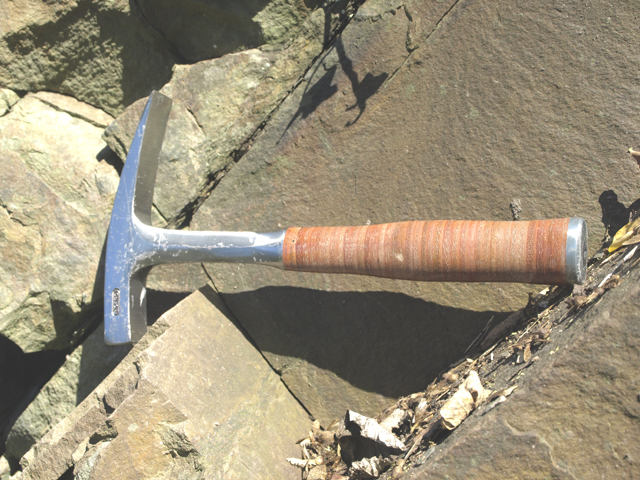
The geological hammer, often called a rock hammer or pick hammer, stands as perhaps the most iconic tool in a paleontologist’s field kit. These specialized hammers feature a flat striking face on one side and a tapered pick on the other, allowing scientists to split rocks along natural planes of weakness. Professional paleontologists typically use hammers weighing between 16 and 32 ounces, selecting the appropriate weight based on the hardness of the rock they’re investigating. When prospecting for fossils, the pick end proves invaluable for carefully removing small amounts of matrix (surrounding rock) without damaging potential specimens beneath. Unlike standard construction hammers, geological hammers are designed with specialized hardened steel heads that can withstand repeated impacts with rock without quickly wearing down or becoming damaged.
Chisels and Awls
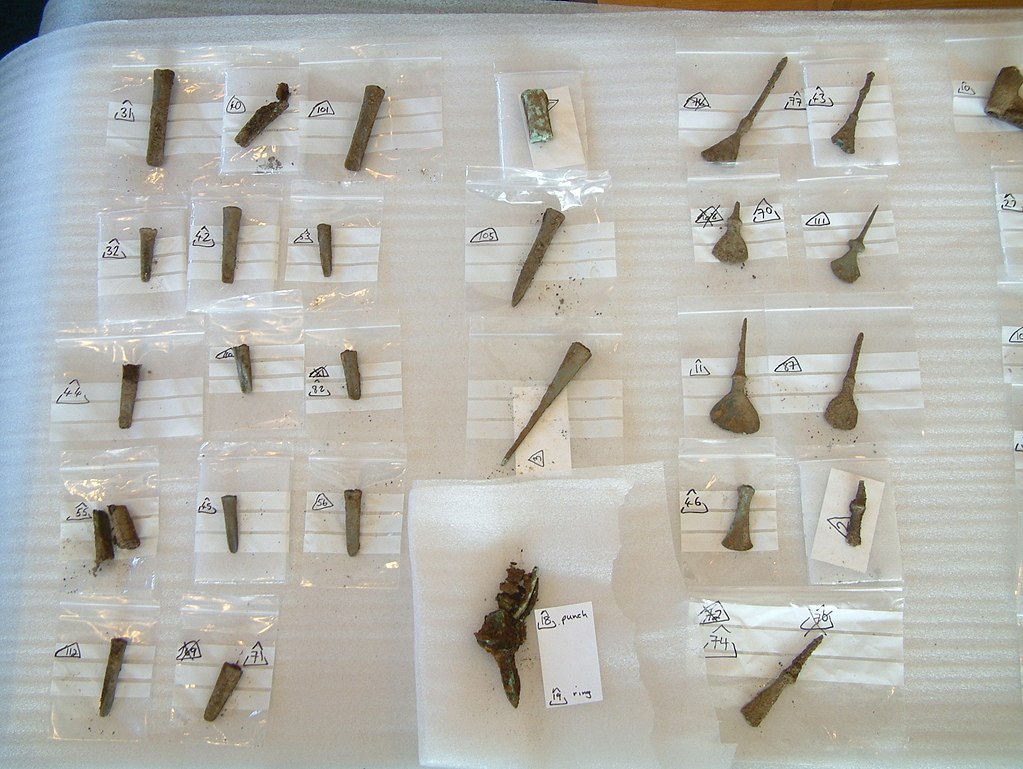
Complementing the geological hammer, chisels and awls serve as precision tools for more delicate fossil extraction work. Paleontologists employ chisels in various sizes, from broad blades for removing large sections of matrix to fine-tipped versions for work around delicate fossil boundaries. When placed strategically along natural rock fractures, chisels driven by gentle hammer taps can separate layers without transmitting damaging force to the fossil itself. Awls, featuring sharp pointed tips, allow for even more precise work, particularly when defining the edges of a fossil or removing small particles of sediment. Experienced field paleontologists often modify these tools to suit their specific needs, sometimes creating custom chisel shapes for particular types of fossils or rock formations they frequently encounter. These tools require regular maintenance, including sharpening and inspecting for stress fractures that could cause unexpected breakage.
Brushes and Dental Tools
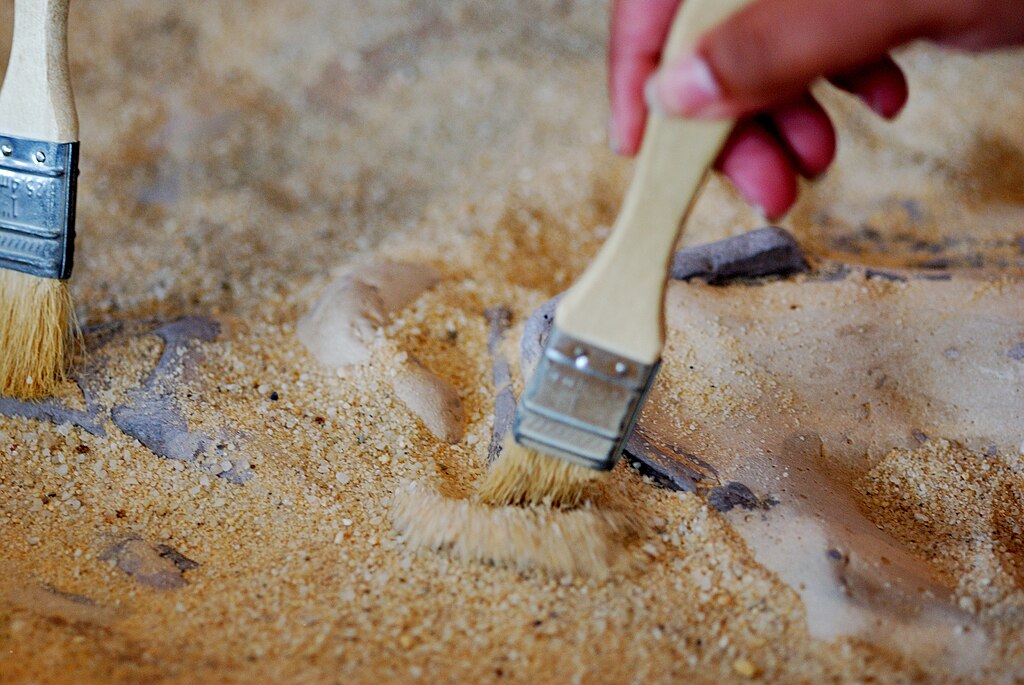
Once a fossil is partially exposed, paleontologists switch to finer tools for careful cleaning and preparation. Brushes of various sizes, from large dustpan brushes to fine paintbrushes, help remove loose sediment without scratching delicate fossil surfaces. The smallest brushes, sometimes consisting of just a few bristles, allow for cleaning minute details like tiny teeth or delicate bone textures. Dental picks and tools, either purchased from dental supply companies or specially manufactured for paleontological work, excel at removing stubborn particles from small crevices. The curved tips and fine points of these implements can reach areas that would be inaccessible with larger tools. Some paleontologists even incorporate modified woodworking tools or customized metal implements they’ve designed specifically for certain fossil types they frequently encounter in their research areas.
Magnifying Equipment
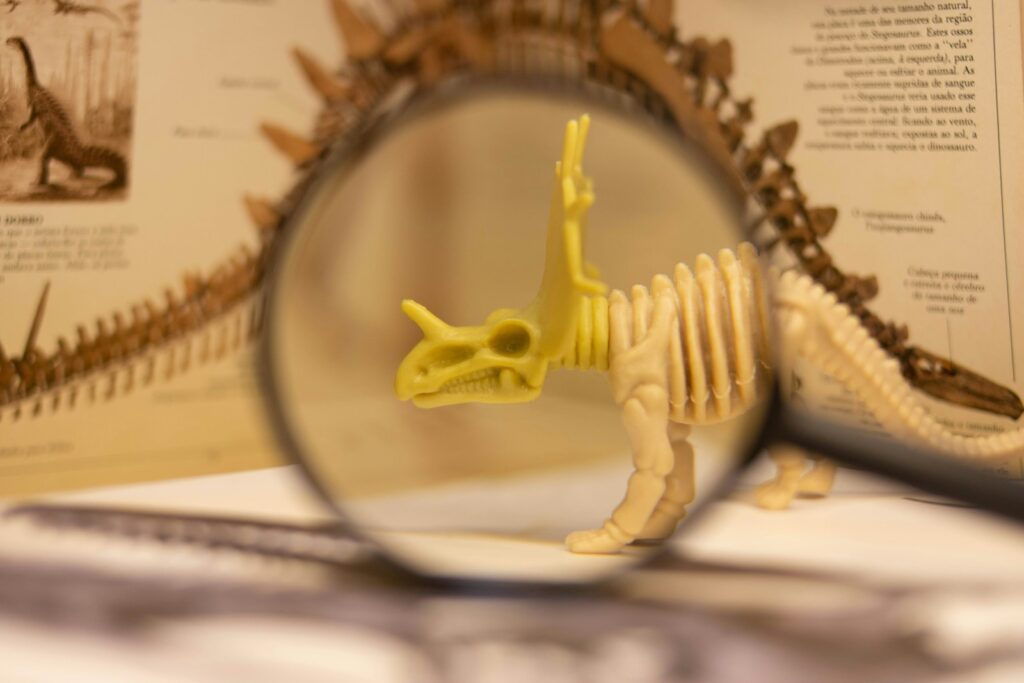
Proper visual inspection remains critical during fossil extraction, making magnification tools essential field equipment. Hand lenses (or loupes), typically offering 10x to 20x magnification, allow paleontologists to examine potential fossils for telling details like bone texture, tooth serrations, or microfossil structures while still in the field. More sophisticated field work might incorporate head-mounted magnifying visors that free up both hands for delicate extraction tasks. Some expeditions now include portable digital microscopes that can connect to tablets or laptops, enabling real-time high-magnification examination and documentation of specimens as they’re uncovered. These digital tools prove particularly valuable when working with microfossils or when team members need to make collaborative decisions about how to proceed with a complex extraction. The ability to spot minute details can make the difference between successfully recovering a scientifically valuable specimen and inadvertently damaging it during excavation.
GPS and Mapping Tools

Precise documentation of fossil locations represents a fundamental aspect of paleontological fieldwork, making accurate positioning technology indispensable. Modern field paleontologists rely on GPS (Global Positioning System) devices to record exact coordinates where specimens are discovered, ensuring this critical contextual information isn’t lost. Many teams now employ GIS (Geographic Information Systems) software to create detailed digital maps of fossil sites, recording not just specimen locations but also geological features, stratigraphic layers, and environmental factors. Some expeditions utilize drones equipped with specialized cameras to create high-resolution aerial maps of large dig sites, providing context impossible to capture from ground level. Total stations, surveying instruments that measure both angles and distances, allow teams to create precise three-dimensional maps of complex excavation sites with multiple specimens. This spatial data becomes vital for later scientific analysis, helping researchers understand relationships between different specimens and their environmental context.
Photography Equipment

Comprehensive visual documentation forms another critical component of fossil collection, with specialized photography equipment playing a central role. Digital SLR cameras with macro lenses allow paleontologists to capture detailed images of specimens both in situ (in their original position) and during various stages of excavation. Photogrammetry, the technique of taking multiple overlapping photographs to create three-dimensional models, has become increasingly important for documenting specimens that may change during extraction or preparation. Scale bars, color charts, and directional markers are included in these photographs to provide size reference and orientation information essential for later scientific analysis. Many field teams now incorporate light tents or portable studio equipment to control lighting conditions when photographing particularly important discoveries. These images not only document the specimen itself but also preserve contextual information about its position relative to other fossils and geological features.
Field Notebooks and Documentation Tools

Despite technological advances, traditional documentation methods remain vital to paleontological fieldwork, with field notebooks serving as the backbone of scientific record-keeping. Paleontologists meticulously record observations about each fossil, including measurements, preliminary identifications, associated fossils, and geological context in waterproof notebooks. Standardized data sheets designed specifically for fossil collection help ensure consistent information gathering across large research teams or multi-year projects. Many paleontologists complement written notes with field sketches that capture details photographs might miss, such as subtle color variations or obscured structural elements. Digital documentation increasingly supplements these traditional methods, with tablet computers running specialized data collection apps allowing for immediate digital record creation that can be backed up to prevent data loss. This combination of traditional and digital documentation creates a comprehensive record that supports later laboratory analysis and scientific publication.
Plaster Jacketing Materials
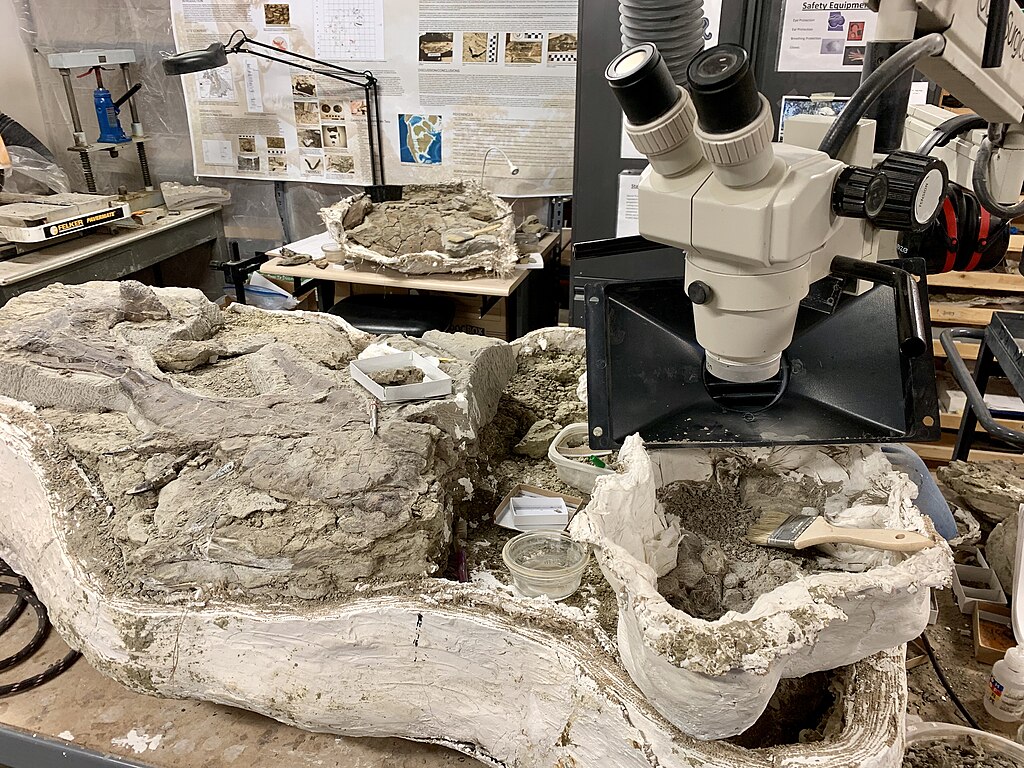
Extracting large or fragile fossils intact often requires creating protective plaster jackets around specimens before removal, a technique that has remained largely unchanged for over a century. The jacketing process begins with applying a protective layer of tissue paper or aluminum foil directly to the exposed fossil surface to prevent plaster from adhering to the specimen itself. Strips of burlap or medical bandages soaked in plaster of Paris are then layered over the specimen and surrounding matrix, creating a hard protective shell once dry. For particularly large specimens, wooden braces or metal reinforcing bars may be incorporated into the jacket structure to provide additional support during transportation. Modern jacketing sometimes incorporates specialized expanding foams or chemical consolidants that can strengthen particularly fragile specimens before the plaster jacket is applied. This protective cocoon allows for the safe transportation of specimens that would otherwise disintegrate during extraction and movement, preserving them for detailed preparation in laboratory settings.
Consolidants and Adhesives
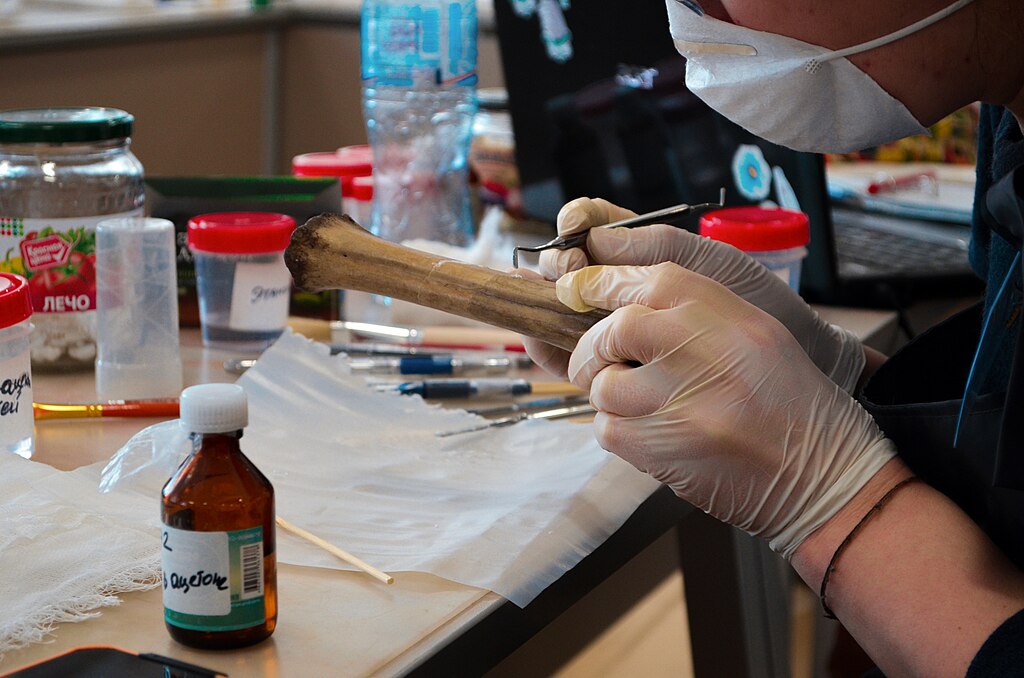
Chemical solutions play a crucial role in stabilizing fragile fossils during field extraction, with specialized consolidants representing essential components of a paleontologist’s toolkit. Paraloid B-72, an acrylic resin, serves as the industry standard consolidant, applied as a dilute solution to penetrate and strengthen cracked or friable fossil material without causing discoloration or preventing future preparation. Cyanoacrylate adhesives (similar to super glue) allow for quick field repairs when fossils crack during excavation, creating bonds strong enough to hold fragments together during transport. Field paleontologists carefully select consolidants based on the specimen’s composition, as different solutions are appropriate for bones, teeth, plant material, or shells. Environmental conditions also influence consolidant selection, as humidity and temperature affect drying times and penetration rates. The application of these chemicals requires considerable expertise, as over-application can make laboratory preparation difficult, while insufficient treatment may result in specimen damage during transport.
Excavation Tools

Removing the rock surrounding larger fossil specimens demands heavier equipment than the precision tools used for initial exposure. Paleontologists employ rock saws equipped with diamond-tipped or carbide blades to cut through harder matrix materials, creating trenches around specimens to facilitate removal. For sedimentary deposits, shovels, picks, and sometimes even jackhammers may be necessary to access fossil-bearing layers buried under overburden (the rock and soil covering the target layer). When working with softer sediments, specialized tools like geological trowels with serrated edges allow for controlled removal of material without damaging underlying fossils. In particularly large excavations, small earth-moving equipment might be employed, though always with extreme caution and under the supervision of experienced paleontologists. The goal of these larger tools is to efficiently remove bulk material while transitioning to finer implements as proximity to the fossil increases, balancing excavation speed with specimen preservation.
Collection Containers and Transportation Equipment
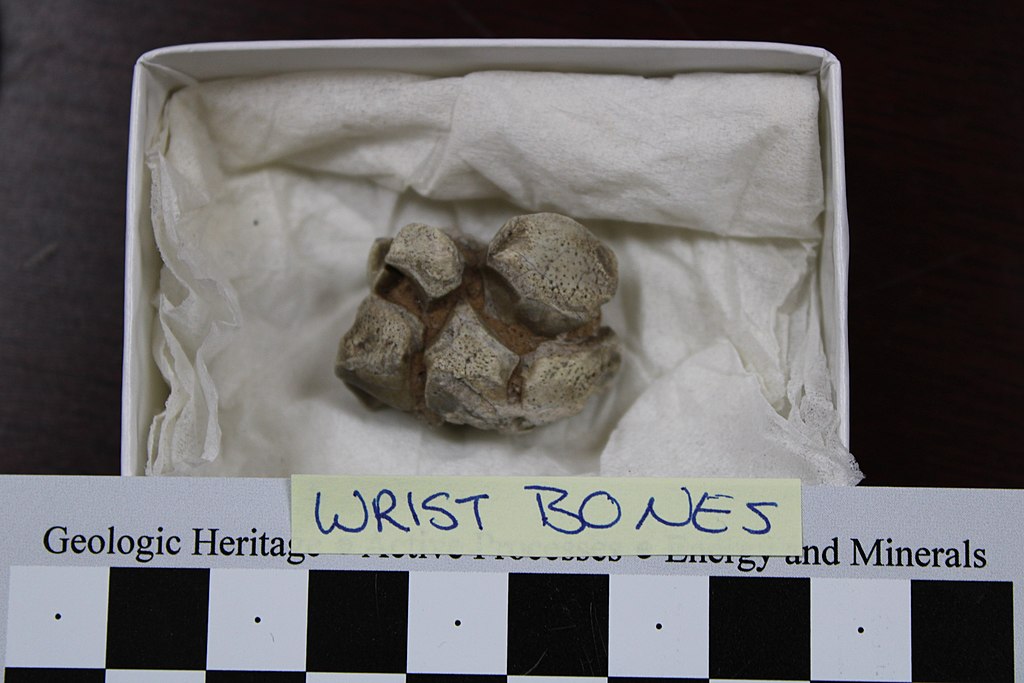
Safely storing and transporting collected specimens from field sites to laboratories requires specialized containers adapted to fossil preservation. Small or delicate specimens are typically wrapped in acid-free tissue paper or cotton and placed in labeled rigid containers that prevent crushing during transport. Foam-lined boxes with custom-cut inserts create secure housing for more fragile items, preventing movement that could cause damage. For microfossils and small specimens, paleontologists often use compartmentalized boxes with individual cells, similar to those used by entomologists, allowing for organized storage of multiple small items. Transportation of larger jacketed specimens might require custom wooden crates, specialized pallets, or even helicopter lifts from remote locations. Field vehicles themselves represent important tools, with many research teams using rugged four-wheel-drive vehicles equipped with specialized racks and storage systems designed specifically for fossil transportation. Even the packaging materials themselves are carefully selected to avoid introducing contaminants that might affect future scientific analysis.
Digital Scanning and Modeling Equipment
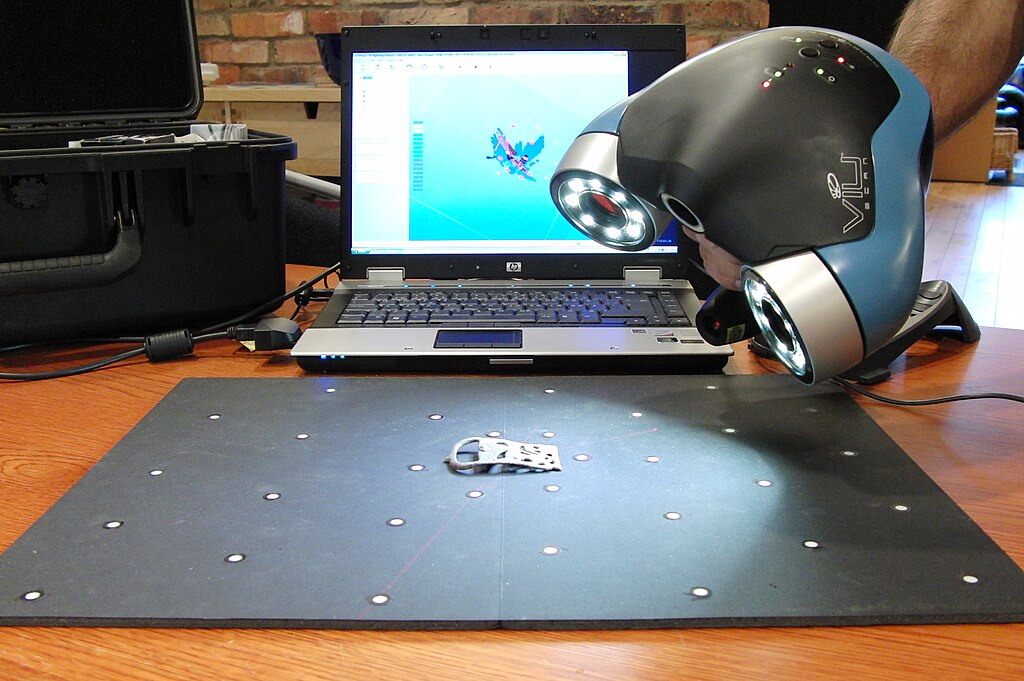
Cutting-edge paleontological fieldwork increasingly incorporates portable digital scanning technology that creates precise three-dimensional records of specimens before extraction. Handheld laser scanners allow researchers to capture submillimeter-accurate 3D models of exposed fossils in situ, preserving critical contextual information that might be lost during excavation. Structured light scanners project patterns onto specimens and analyze the distortion to generate detailed surface models even in challenging field conditions. Some research teams deploy portable CT (computed tomography) scanners that can peek inside rock matrices to reveal hidden fossil structures before excavation decisions are made. These digital models serve multiple purposes: guiding extraction strategies, creating permanent records of specimen context, and allowing for immediate data sharing with laboratory-based team members who can provide expertise remotely. The resulting digital files also support advanced visualization techniques, 3D printing of replicas, and computational analyses that supplement traditional physical examination of the specimens once they reach the laboratory.
Screening and Sieving Equipment
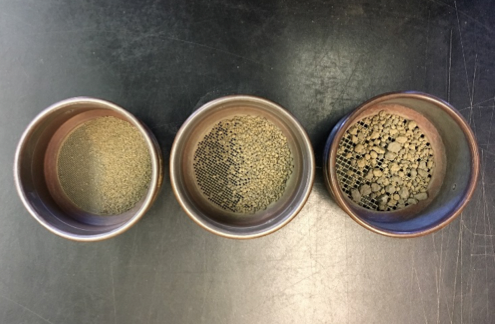
Recovering microfossils and small specimens requires specialized equipment designed to separate fossil material from surrounding sediment. Nested sieves with progressively finer mesh screens allow paleontologists to sort sediment by particle size, isolating material of interest from the background matrix. Water screening techniques, where sediment is gently washed through mesh screens, prove particularly effective for recovering delicate specimens like small vertebrate bones, teeth, or plant remains. For marine microfossils, paleontologists might employ specialized flotation techniques using solutions where the density allows fossil material to separate naturally from heavier sediment particles. Portable microscopes or high-magnification hand lenses permit initial examination of screened material in the field, allowing researchers to identify promising samples warranting further laboratory analysis. These screening techniques often yield scientifically significant discoveries overlooked by traditional excavation methods, including tiny mammal teeth, fish scales, or insect parts that provide crucial ecological information about ancient environments.
Conclusion
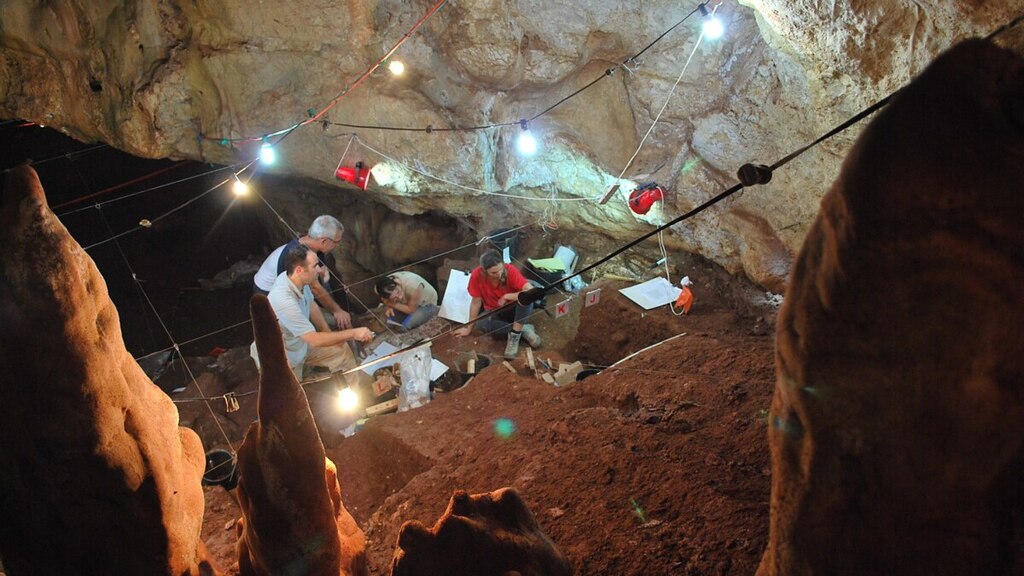
The toolkit of a field paleontologist represents a fascinating blend of traditional techniques refined over generations and cutting-edge technology that continues to evolve. From the humble rock hammer to sophisticated digital scanning equipment, each tool serves a specific purpose in the complex process of locating, excavating, documenting, and preserving fossil specimens. As technology advances, paleontologists continue to adopt new tools that enhance their ability to discover and understand ancient life, while still maintaining the core fieldcraft skills that define the discipline. This combination of traditional expertise and technological innovation allows modern paleontologists to extract more information from fossil discoveries than ever before, continually expanding our understanding of Earth’s remarkable prehistoric past. For anyone considering a career in paleontology, mastering this diverse toolkit represents an essential step in developing the skills necessary to contribute to this fascinating field of scientific exploration.



